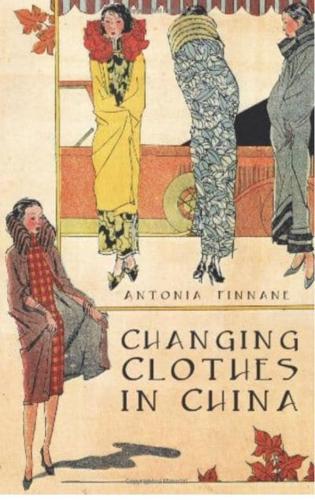Publisher's Synopsis
Historians have long regarded fashion as something peculiarly Western. In this surprising, sumptuously illustrated book, Antonia Finnane challenges this view, which she argues is based on nineteenth- and twentieth-century representations of Chinese dress as traditional and unchanging. Fashions, she shows, were part of Chinese life in the late imperial era, even if a fashion industry was not then apparent. In the early twentieth century the key features of modern fashion became evident, particularly in Shanghai, and rapidly changing dress styles showed the effects. The volatility of Chinese dress throughout the twentieth century matched vicissitudes in national politics. Finnane describes in detail how the close-fitting jacket and high collar of the 1911 Revolutionary period, the skirt and jacket-blouse of the May Fourth era, and the military style popular in the Cultural Revolution gave way finally to the variegated, globalized wardrobe of today. She brilliantly connects China's modernization and global visibility with changes in dress, offering a vivid portrait of the complex, subtle, and sometimes contradictory ways the people of China have worn their nation on their backs.











